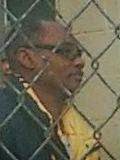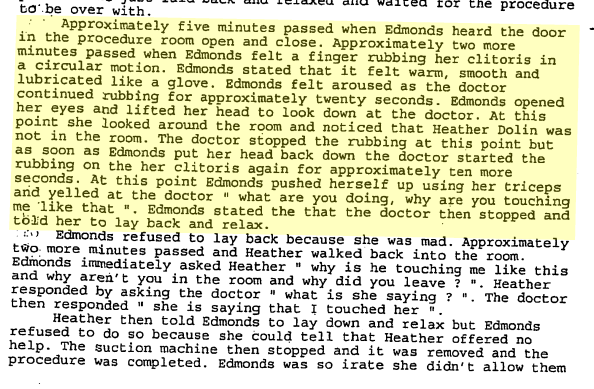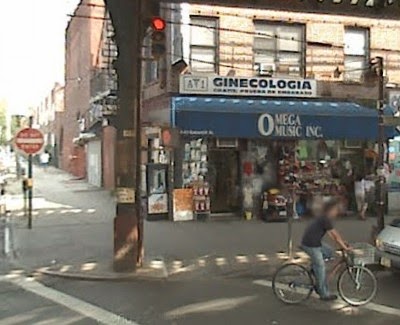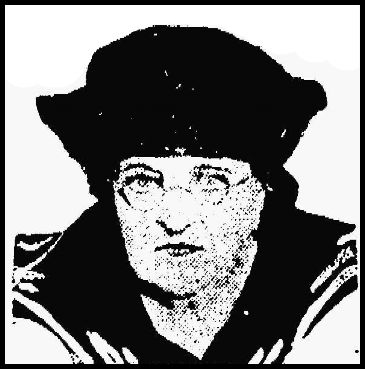State suspends Lathrup Village abortion clinic license after failed health inspection
According to the Michigan Attorney General’s Office, the state has suspended the license of a local clinic where abortions are performed after authorities discovered several health code violations. .... According to a document sent to the facility by the Department of Licensing and Regulatory Affairs, the center failed to maintain a sterile facility and inform a patient of risks, consent or complications of a procedure. Workers allegedly were performing charting improperly, and did not have adequate supplies and tools, among other things.
 |
| Jacob Kalo |
Dr. Jacob Kalo owns the facility and Dr. Reginald Sharpe, who was also mentioned in the article, evidently does abortions there.
Kalo has an unsavory history. He was investigated in 1998 after two patients reported that he had sexually abused them. One reported then when she was in the stirrups for her abortion he performed oral sex on her. The other reported that he had sexually manipulated her clitoris while she was in the stirrups.
 |
| Reginald Sharpe |
Dr. Reginald Sharpe has not, to my knowledge, been accused of sexual abuse, but he does have a history of malpractice, including the death of a 26-year-old patient in 2008. Life Site News reported that Sharpe had perforated the patient's uterus, and once the instruments were inside her pelvic cavity had managed to cut a uterine blood vessel and lacerate her intestines and her liver. Because I have only just now learned of this patient's death, I will begin searching for substantiating documents. Since the woman's family sued, there will be court documents regarding the case.
Sharpe had already been reprimanded in 2005 for "general negligence or failure to exercise due care, including negligent delegation to or supervision of employees or other individuals" at his facility. The Board of Osteopathic Medicine detailed Sharpe's care of patient "R. C," whom he abandoned for several house while she suffered such intense pain and bleeding that she eventually screamed for her mother, who called 911. Sharpe called and instructed EMS not to transfer his patient to a hospital. After waiting fifteen minutes for him to arrive, they took her to the hospital anyway, where her bleeding and her abnormally low blood pressure and racing pulse were finally addressed.
Sharpe had also been disciplined in 1998 for allowing unqualified staff to administer drugs in his absence.
How much sooner might this place have been closed down if abortion-rights groups had invested 10% of the time they spend investigating prolife pregnancy centers investigating seedy abortion clinics instead?






